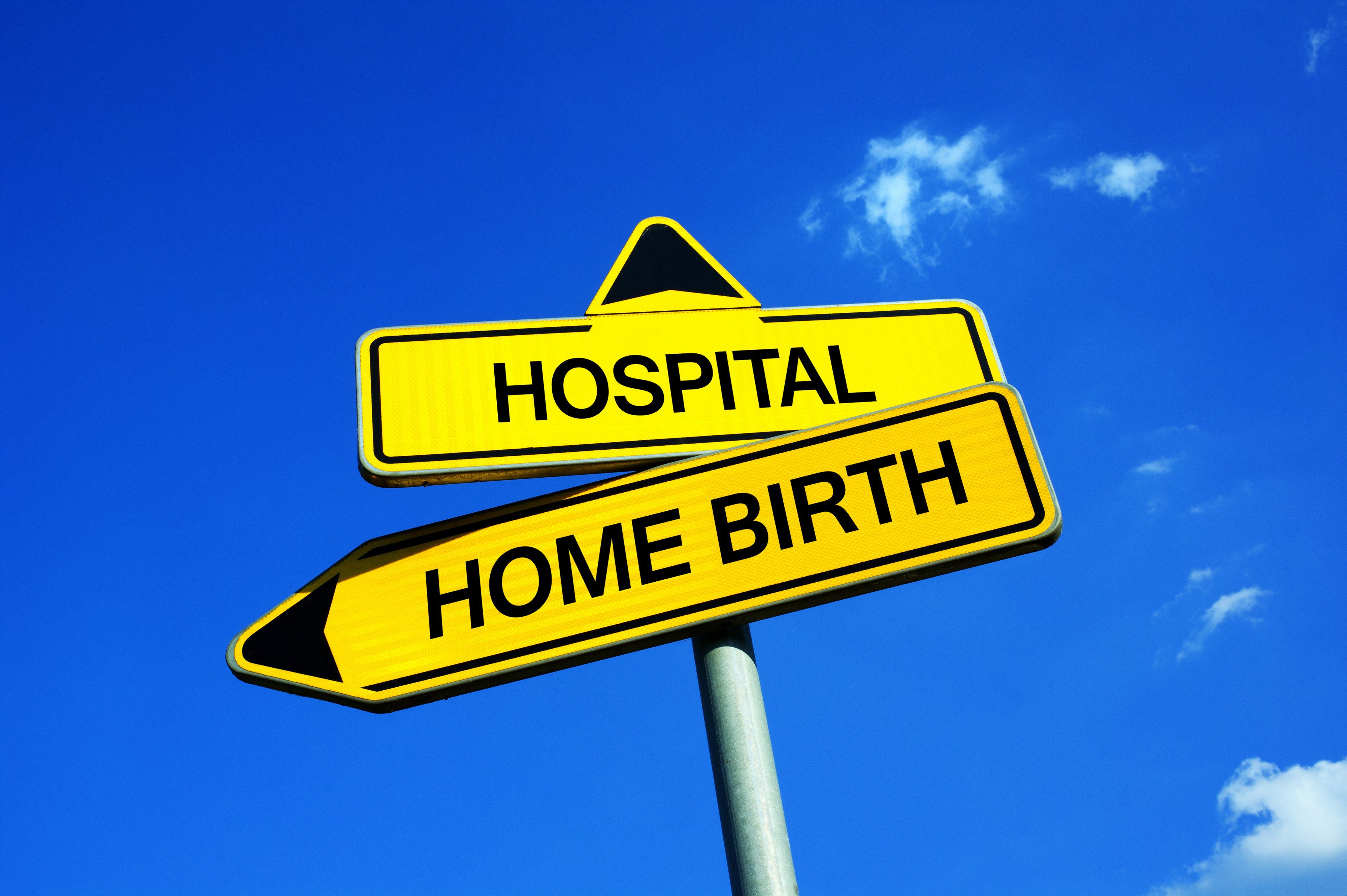Comparing risk for home versus hospital births
As more women in wealthy countries choose to birth at home, concerns persist about perinatal and neonatal mortality in an out-of-hospital delivery setting.
©M-SUR - stock.adobe.com

As more women in wealthy countries choose to birth at home, concerns persist about perinatal and neonatal mortality in an out-of-hospital delivery setting. A recent systematic review and meta-analyses in The Lancet investigated if risk for fetal or neonatal loss differs among low-risk women who begin labor intending to give birth at home compared to low-risk women who intend to give birth in a hospital.
The systematic review included 17 studies and the meta-analyses identified 14 of these studies eligible for analysis which included approximately 500,000 births. The search was limited to studies from 1990 onward and was completed using Embase, Medline, AMED, CINAHL, and the Cochrane Library.
The studies were categorized into two groups: research designed to determine the safety of home birth in actual practice and research focused on outcomes of place of birth among low-risk women. Thirteen studies took place in six setting where midwives attending home birth were considered to be well-integrated into the healthcare system, while the other four were in settings considered to be less well-integrated. The primary outcome of for the analysis was any perinatal or neonatal death after the onset of labor.
Among nulliparous women intending a home birth in a setting where midwives are well integrated, the odds ratio (OR) of perinatal or neonatal mortality compared to those intending to give birth in a hospital was 1.07 (95% CI 0.70-1.65). In settings where midwives are less integrated, the OR was 3.17 (95% CI 0.73 – 13.76). Compared to nulliparous women giving birth in a hospital, multiparous women giving birth at home in well-integrated settings had an OR of 1.08 (95% CI 0.84-1.38). For women in less-integrated setting, the OR was 1.58 (95% CI, 0.50-5.03). The authors did not find any significant differences by intended place of birth in mortality outcomes exclusive of morbidity, i.e. perinatal or neonatal mortality excluding malformed infants; perinatal or neonatal mortality including malformed infants, perinatal mortality, and neonatal mortality.
The authors also noted that an Apgar score less than seven at 5 minutes occurred less frequently among intended home births compared to hospital births in settings with well-integrated midwives (OR 0.76 [95% CI, 0.60-0.96]). An Apgar score less than seven at 1 minute was reported in two studies and meta-analyses of these studies found a statistically significant difference in favor of intended home birth compared to intended hospital birth (OR 0.73 [95% CI 0.63-0.83]).
The authors believe their findings indicate that for low-risk women, giving birth at home does not increase the risk of perinatal or neonatal mortality compared to birth in a hospital. They urge physicians to interpret the safety of home birth with a greater social context and consider the integration of home birth practices within the healthcare system. This study was partially funded by the Association of Ontario Midwives open peer reviewed grant.
S1E4: Dr. Kristina Adams-Waldorf: Pandemics, pathogens and perseverance
July 16th 2020This episode of Pap Talk by Contemporary OB/GYN features an interview with Dr. Kristina Adams-Waldorf, Professor in the Department of Obstetrics and Gynecology and Adjunct Professor in Global Health at the University of Washington (UW) School of Medicine in Seattle.
Listen
Study shows a healthy prenatal diet could be upstream obesity prevention strategy
December 26th 2024"Our findings support the recommendation of a healthy diet based on the current guidelines (as measured by the HEI) during pregnancy, since it may reduce patterns of infant growth outside reference ranges."
Read More
Early pregnancy cannabis use high in states with recreational legalization
November 11th 2024A population-based time-series analysis California before, during and after legalization show a rising trend in women using cannabis while pregnancy especially when the state has legalized the drug.
Read More
